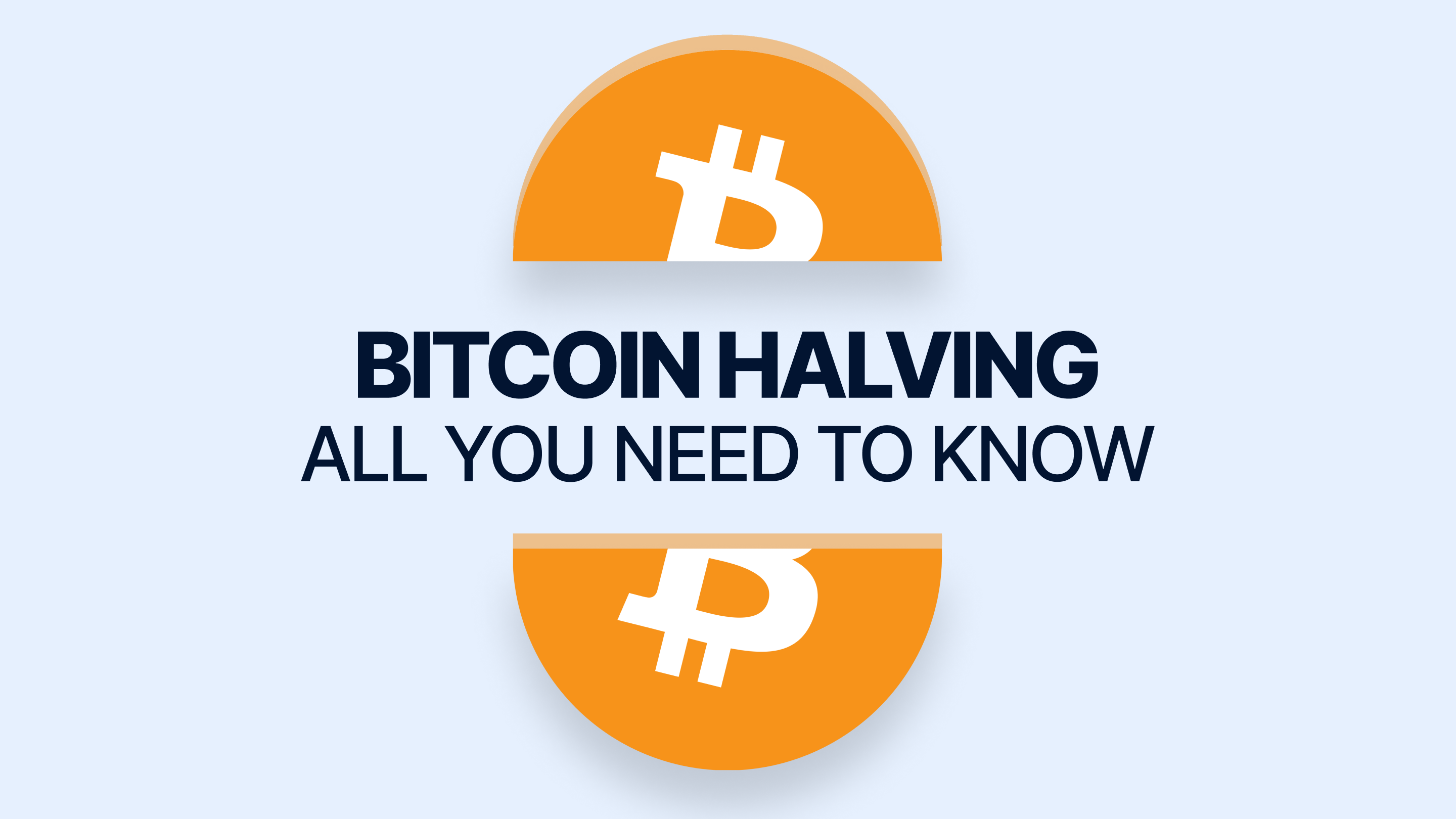What is Bitcoin?
Basically, Bitcoin is a peer-to-peer online transaction system that is secured by and run on the decentralized Bitcoin blockchain. Actually, not many know that Bitcoin is the name of the ecosystem’s blockchain, and its cryptocurrency, BTC, at the same time. At its core, it was designed for anyone to send, receive, or hold Bitcoin (BTC) in an extremely secure, transparent, and verifiable way.
Why was Bitcoin launched?
In 2008, a still unknown author published the Bitcoin white paper under the Satoshi Nakamoto name, starting the revolution of cryptocurrencies as we know them. But why was Bitcoin launched? The problem lies in central authorities’ long-term habit of abusing their customers’ trust. This, combined with a lack of transparency and control, led to the masses being completely dependent on organizations, such as banks and governments, which ultimately caused major crises, like the 2008 housing bubble and financial crash—now we can see that Bitcoin’s initial date of publication was not coincidental at all.
How does Bitcoin work?
As mentioned before, Bitcoin is essentially an extremely secure, decentralized peer-to-peer transaction system that keeps a publicly available record of everything that goes through it via its Proof-of-Work (PoW) consensus mechanism. But how does Proof-of-Work (PoW), Bitcoin’s safety protocol work? Let’s explain it without going too deep into the technical side of things. We can say that what actually happens is that specialized, anonymous computers—called Bitcoin nodes—from all around the world solve predetermined, complex mathematical problems, and thereby verify whether a transaction is valid, or malicious. This just means they check whether all criteria are fulfilled before allowing anything.
Let’s see an example: Joe wants to send 1 BTC to Mary. What happens is that computers (nodes) basically check whether Joe actually has 1 BTC on his balance, then they see whether he actually intended to start this transaction by verifying his e-signature, and only executing the transfer afterward. Whichever node manages to find all the necessary information first gets a small portion of BTC, as a sort of compensation for their performed work—this is what’s essentially called Bitcoin mining. Note that there are a couple more steps involved, but this should be enough to get started and understand the basics.
Final thoughts
Now you have the basics outlined, but don’t worry if you’re not feeling comfortable with your knowledge just yet. Give yourself some time to digest how the whole system functions, and follow along with the upcoming articles on our blog that will allow you to gain a full understanding of the topic without you breaking a sweat. Also, if you’d like to buy Bitcoin (BTC) a lot faster, and much easier than anywhere else, visit the Swaps App to secure your first cryptocurrency within only a few short minutes.
FAQ
This article contains links to third-party websites or other content for information purposes only (“Third-Party Sites”). The Third-Party Sites are not under the control of Swaps, and Swaps is not responsible for the content of any Third-Party Site, including without limitation any link contained in a Third-Party Site, or any changes or updates to a Third-Party Site. Swaps is providing these links to you only as a convenience, and the inclusion of any link does not imply endorsement, approval or recommendation by Swaps of the site or any association with its operators. This article is intended to be used and must be used for informational purposes only. It is important to do your own research and analysis before making any material decisions related to any of the products or services described. This article is not intended as, and shall not be construed as, financial advice. The views and opinions expressed in this article are the author’s [company’s] own and do not necessarily reflect those of Swaps.






